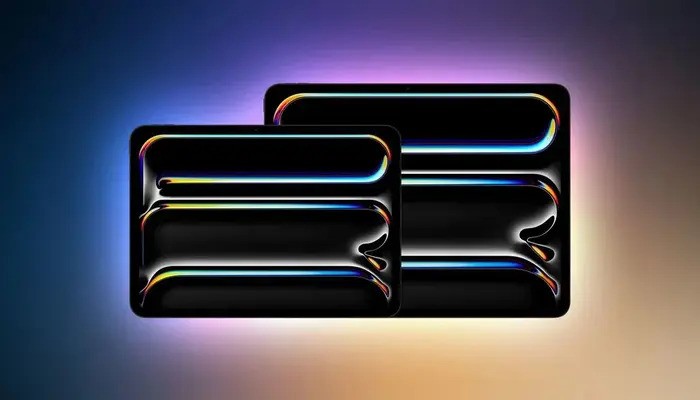Apple is reportedly working on integrating tandem OLED technology into future iPhones, marking what could be one of its biggest display upgrades in years. Tandem OLED technology, which first appeared in the 2024 iPad Pro, uses stacked OLED layers to enhance brightness and power efficiency. Apple’s move to adopt this for iPhones could significantly boost both display performance and battery life.
What Is Tandem OLED Technology?
Tandem OLED panels stack two organic light-emitting diode (OLED) layers on top of each other. This structure allows for higher brightness and reduced power consumption compared to traditional single-layer OLED screens. For smartphones, this is especially beneficial—users get brighter visuals without draining the battery quickly.
The 2024 iPad Pro introduced this display technology, receiving praise for its performance. Now, Apple appears ready to take a step forward by adapting the tech for its most popular product line: the iPhone.
Apple Testing a Simplified Design
According to sources familiar with the matter, Apple is currently testing a streamlined version of the tandem OLED system. Rather than using identical dual panels as seen in the iPad Pro, Apple’s iPhone version would be slightly different. In this simplified version, the secondary OLED layer carries only blue subpixels, while the main panel handles the red and green.
This design aims to balance the benefits of tandem OLEDs with the engineering challenges of fitting them into a thinner smartphone chassis. Blue subpixels typically degrade faster than red or green ones, so separating them onto a dedicated layer could also improve display longevity.
Read: China’s MTT S90 GPU Challenges NVIDIA RTX 4060
Collaboration with Display Manufacturers
Apple is not developing this display tech in isolation. LG Display reportedly approached Apple in 2024 to propose the simplified tandem OLED design. Samsung Display, Apple’s long-time OLED supplier, is also involved in discussions. Both companies are racing to supply the necessary panels and gain a foothold in next-generation iPhone lineup
the preference for the simplified tandem OLED version suggests it is focused on practicality and scalability. The complex configuration used in the iPad Pro may not be suitable for devices like the iPhone, where thickness and power efficiency are more sensitive factors.
Expected Timeline for Launch
Apple typically follows a two-year development cycle from early testing to mass production. Based on current progress, industry insiders expect the first iPhone with a tandem OLED display to launch around 2028. While the report does not mention a specific iPhone model, the upgrade is expected to debut in a premium “Pro” variant, in line with Apple’s pattern of introducing new technologies in higher-end models first.
If successful, this upgrade could set a new standard for smartphone displays across the industry.
Benefits for Users
Adopting tandem OLED technology would deliver immediate advantages for users. Brighter screens mean better visibility in sunlight—crucial for mobile use. More importantly, reduced power consumption could translate to longer battery life, a persistent challenge for modern smartphones.
They have consistently aimed to improve display quality, and this move aligns with that goal. The tandem OLED panels would make the iPhone more energy-efficient while enhancing visual clarity and color accuracy.
Strategic Implications for Apple
By investing in advanced display technologies like tandem OLED, Apple is reinforcing its long-term strategy of controlling both hardware and component innovation. Partnering with LG and Samsung ensures competitive pricing and supply security, especially as demand for high-end smartphones continues to grow globally.
This development also signals willingness to experiment with emerging tech while keeping user experience and product design in balance.
A Big Leap for iPhone Displays
If it pushes forward with this plan, it could redefine what users expect from smartphone screens. With tandem OLED technology, the iPhone could achieve a rare combination of durability, brightness, and power efficiency—something competitors will struggle to match. As 2028 approaches, industry watchers will be keeping a close eye on how Apple finalizes and implements this ambitious upgrade.
Follow us on Instagram, YouTube, Facebook,, X and TikTok for latest updates
